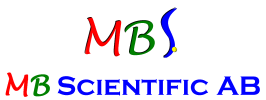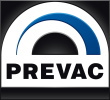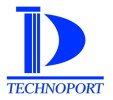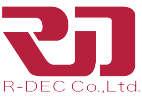 International workshop on strong correlations and angle-resolved photoemission
spectroscopy(CORPES17)
July 2-7, 2017, Hiroshima, Japan  News Credit card payment system is now available (Mar. 21, 2017). Credit card payment system is now available (Mar. 21, 2017).Deadline for the early registration is extended to May 12, 2017. Presentation information has been uploaded (May 1, 2017). Program (tentative) has been uploaded (May 11, 2017). Poster preview instruction has been uploaded (May 11, 2017). Please submit 1 page pdf file for the poster preview session by June 23. Program has been updated (May 15, 2017). Tourist information has been updated (May 23, 2017). ScopeCORPES is an interdisciplinary workshop whose scope is situated at the crossroads between photoemission spectroscopy and many-body theory. The main goal is to advance our understanding of strongly correlated materials and topological phases using angle-resolved photoemission as a unique tool to access their electronic structure and many-body theory to work out the underlying concepts and mechanisms. Not only the characteristics of correlated quantum matter but also the photoemission process itself will be addressed. The discussion of prospects and challenges brought up by new light sources, novel experimental techniques and innovative theoretical ideas are central to the CORPES forum.The program will be a balanced fusion of currently well-established and newly emerging topics. It is intended to bring together experts and newcomers in the field, to learn from one another, and to foster collaborations. We will preserve the workshop spirit, i.e., a linear schedule with no parallel sessions and ample time for discussion after each presentation as well as between sessions. Applicants to the workshop will be selected to give either oral or poster presentations, with the latter being given significant weight to the program including short oral poster "flash sessions". TopicsSPECTROSCOPIC INVESTIGATIONS OF CORRELATED ELECTRON MATERIALS
A brief history of CORPESCORPES15 was organized by the SOLEIL Synchrotron in the center of Paris on July 5-10th, 2015. It follows the scope and motivation of the previous workshops CORPES05 and CORPES07 held in Dresden, CORPES09 in Zurich, CORPES11 in Berkeley and CORPES13 in Hamburg.ChairTakami Tohyama (Tokyo University of Science)Kenya Shimada (Hiroshima University) Scientific CommitteePhilipp Aebi (University of Fribourg)Véronique Brouet (University of Paris-Sud) Daniel S. Dessau (University of Colorado) Jim Freericks (Georgetown University) Moritz Hoesch (Diamond Light Source) Konrad Matho (Institut Néel) Serguei Molodtsov (European XFEL) Luc Patthey (Paul Scherrer Institut) Michael Potthoff (University of Hamburg) Kenya Shimada (Hiroshima University) Takami Tohyama (Tokyo University of Science) Local Organizing CommitteeMasashi Arita (Hiroshima Synchrotron Radiation Center, Hiroshima University)Akihiro Ino (Hiroshima Synchrotron Radiation Center, Hiroshima University) Koji Miyamoto (Hiroshima Synchrotron Radiation Center, Hiroshima University) Taichi Okuda (Hiroshima Synchrotron Radiation Center, Hiroshima University) Hitoshi Sato (Hiroshima Synchrotron Radiation Center, Hiroshima University) Eike F. Schwier (Hiroshima Synchrotron Radiation Center, Hiroshima University) Kenya Shimada (Hiroshima Synchrotron Radiation Center, Hiroshima University) Supporting staff from HiSORTomoko MurayamaSumito Oonishi Harumi Shimokubo Naoko Shinno Sponsors
SupportersInoue Foundation for Science  Electric Technology Research Foundation of Chugoku  Hiroshima Convention & Visitors Bureau 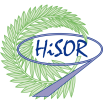 Hiroshima Synchrotron Radiation Center, Hiroshima University  Hiroshima University (Program for Promoting the Enhancement of Research Universities) |

